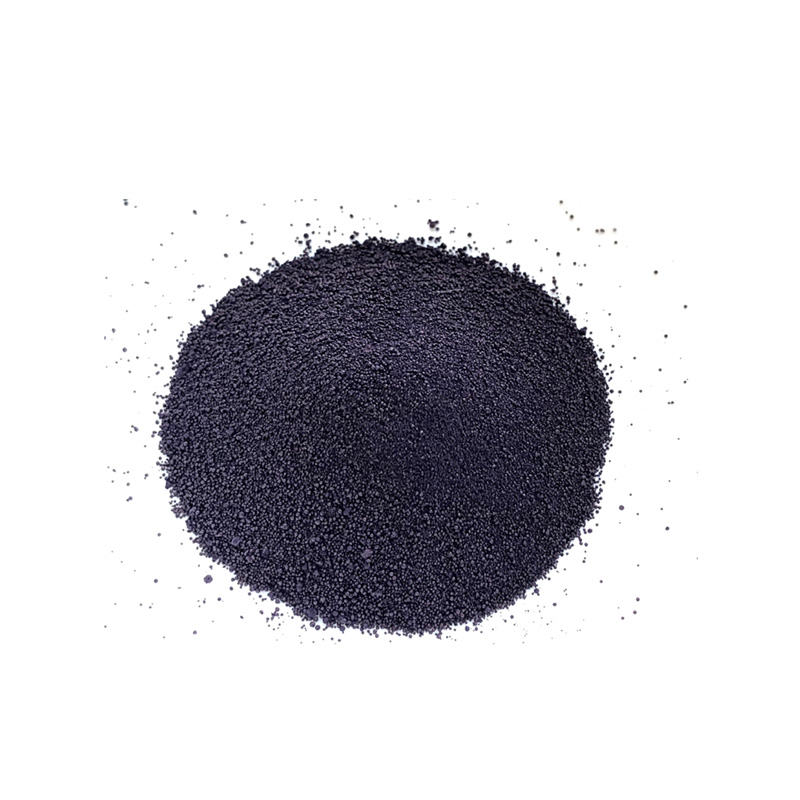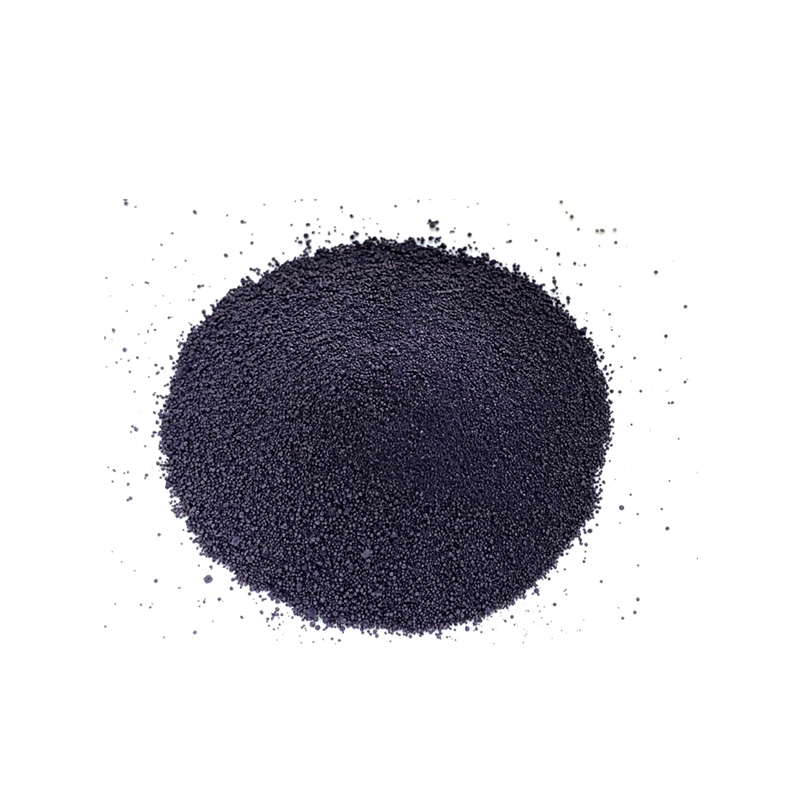china japan indigo


For enthusiasts and businesses alike looking to delve deeper into the world of indigo, both China and Japan offer invaluable resources. Workshops and tours in regions like Guizhou in China and Tokushima in Japan provide hands-on experience with local experts, allowing participants to learn directly from master dyers. These experiences not only teach the technical skills involved in indigo dyeing but also offer a richer understanding of the cultural narratives behind each piece of fabric. Furthermore, the global expansion of e-commerce provides unprecedented access to authentic indigo-dyed products from these regions. Established brands and independent artisans sell their crafts online, bringing the authentic touch of hand-dyed textiles to an international audience. By engaging with these products, consumers contribute to the preservation of traditional crafts and support local artisans, fostering a global appreciation for a craft steeped in history. For businesses aiming to capitalize on this trend, integrating storytelling into marketing strategies enhances the sense of experience and expertise. Sharing the narratives of the artisans, the historical significance of the dyeing techniques, and the personal journeys behind each creation can create a compelling brand identity. This approach not only attracts a more engaged audience but also strengthens trust and authoritative standing in the niche market of traditional textiles. In essence, the allure of indigo dyeing lies in its perfect balance of tradition and innovation, art and functionality. Whether you're an artisan seeking inspiration, a business exploring new markets, or a consumer enchanted by the rich hues of indigo, the cultural and practical depths of China and Japan's indigo dyeing traditions offer a world of opportunity and discovery.
-
The Timeless Art of Denim Indigo Dye
NewsJul.01,2025
-
The Rise of Sulfur Dyed Denim
NewsJul.01,2025
-
The Rich Revival of the Best Indigo Dye
NewsJul.01,2025
-
The Enduring Strength of Sulphur Black
NewsJul.01,2025
-
The Ancient Art of Chinese Indigo Dye
NewsJul.01,2025
-
Industry Power of Indigo
NewsJul.01,2025
-
Black Sulfur is Leading the Next Wave
NewsJul.01,2025

Sulphur Black
1.Name: sulphur black; Sulfur Black; Sulphur Black 1;
2.Structure formula:
3.Molecule formula: C6H4N2O5
4.CAS No.: 1326-82-5
5.HS code: 32041911
6.Product specification:Appearance:black phosphorus flakes; black liquid

Bromo Indigo; Vat Bromo-Indigo; C.I.Vat Blue 5
1.Name: Bromo indigo; Vat bromo-indigo; C.I.Vat blue 5;
2.Structure formula:
3.Molecule formula: C16H6Br4N2O2
4.CAS No.: 2475-31-2
5.HS code: 3204151000 6.Major usage and instruction: Be mainly used to dye cotton fabrics.

Indigo Blue Vat Blue
1.Name: indigo blue,vat blue 1,
2.Structure formula:
3.Molecule formula: C16H10N2O2
4.. CAS No.: 482-89-3
5.Molecule weight: 262.62
6.HS code: 3204151000
7.Major usage and instruction: Be mainly used to dye cotton fabrics.

